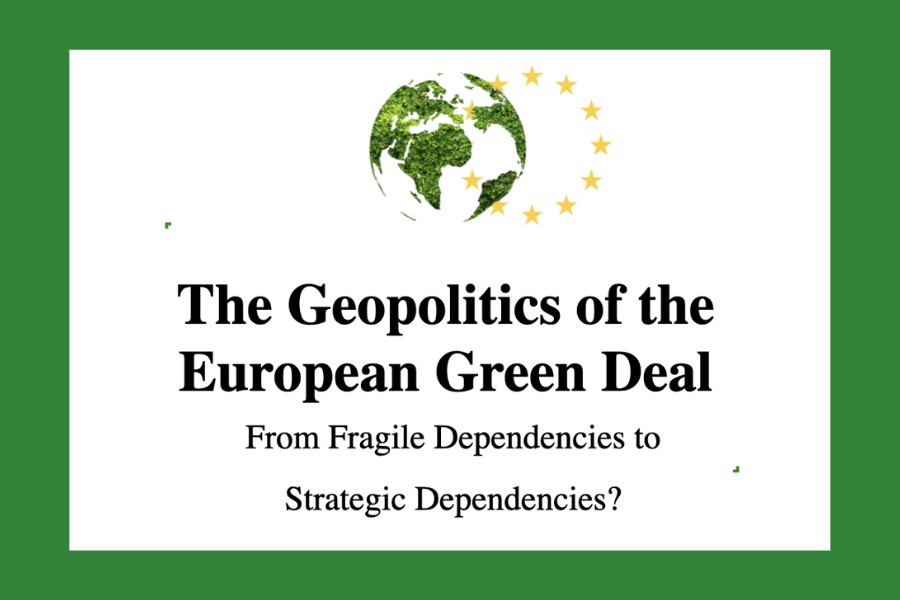Navigating Energy Dependencies: The Geopolitical Implications of the European Green Deal
Key Ideas
- The European Green Deal (EGD) is reshaping Europe's energy landscape, emphasizing the need to transition from fossil fuels to a sustainable mix.
- Studies highlight the importance of diversifying dependencies to reduce reliance on external energy sources, especially in light of recent geopolitical events like the Russian invasion of Ukraine.
- The EGD aims to position the EU as a global leader in the green transition, enhancing its economic and diplomatic influence through strategic energy management.
- Historically, the EU's energy stability has been tied to imports, particularly from Russia, leading to vulnerabilities that were exposed during the crisis caused by the war in Ukraine.
The European Green Deal (EGD) introduced by the European Commission in December 2019 is a pivotal framework addressing climate change and revolutionizing Europe's energy landscape. The strategic shift away from fossil fuels towards a sustainable energy mix, prompted by the EGD, emphasizes the need for the EU to diversify its energy dependencies. Recent geopolitical challenges, notably the Russian invasion of Ukraine, highlighted the risks of relying heavily on external energy sources. Studies have suggested that the EU must reduce its vulnerability by securing new suppliers and embracing a more diverse energy portfolio. Furthermore, the EGD's objective extends beyond internal transitions; it seeks to establish the EU as a global leader in green initiatives, amplifying its economic and diplomatic influence. The historical reliance on imports, particularly from Russia, left the EU exposed to risks, as demonstrated during the crisis triggered by the Ukrainian conflict. Moving forward, the EU aims to navigate energy dependencies strategically to bolster its resilience and assert its position in the global green transition.
